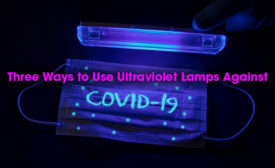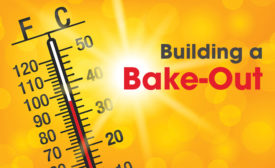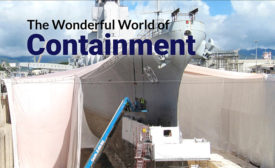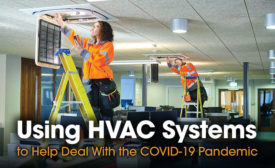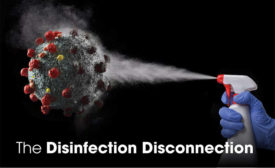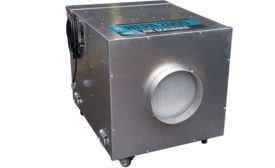Contamination Restoration & Remediation
GBAC STAR Service Accreditation Now Available for Cleaning Service Providers
February 18, 2021
No Comments
WEBINAR: Lessons from COVID-19
Webinar is Wednesday, Feb. 10 from 9 to 11:30 a.m. MT.
February 5, 2021
The Wonderful World of Containment
The purpose of containment, from plastic wrap to the Ionosphere.
Read More
The Disinfection Disconnection
Understanding science as it relates to controlling viruses and the importance of a layered approach to combating the pandemic.
Read More
Get our new eMagazine delivered to your inbox every month.
Stay in the know on the latest disaster restoration and remediation trends.
SUBSCRIBE TODAY!Copyright ©2022. All Rights Reserved BNP Media.
Design, CMS, Hosting & Web Development :: ePublishing


